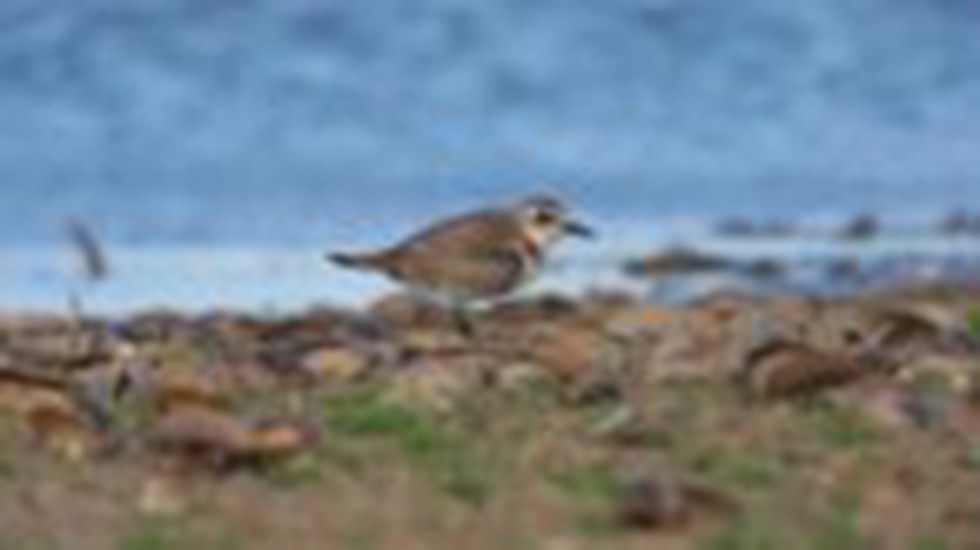
About Greater sand-plover:
The International Labour Day was rece...
The Supreme Court recently said mere ...
Scientists have conducted research on...
A study carried out by the scientists...
The Bengaluru-based Indian Institute ...
Recently, the Defence Research and De...
Recently, the Controller General of P...
Recently, Indian Renewable Energy Dev...
India has kickstarted the process of ...
A new study by an international team ...